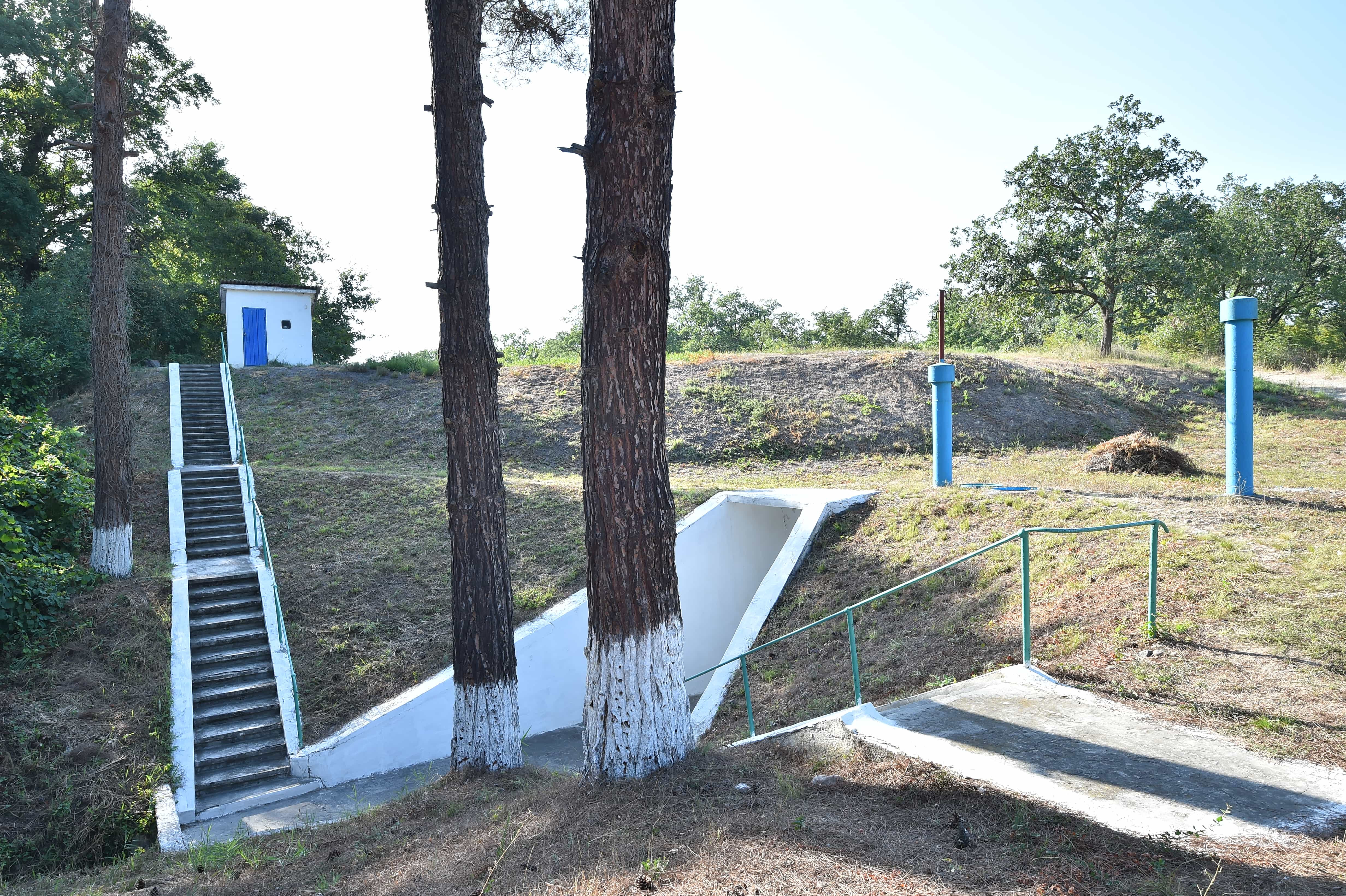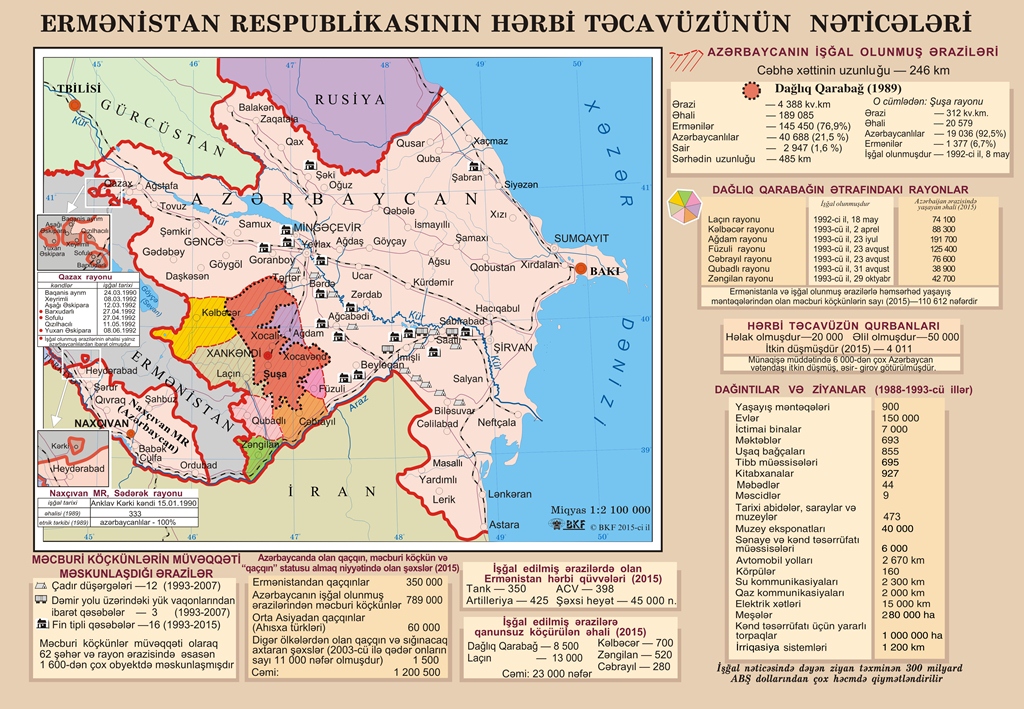
Baku water pipeline II
Industrial development and population growth in Absheron at the end of the 1920s created a necessity to bring drinking water from the new source to Baku. The issue was discussed in Water supply and Sewerage Congress in 1929 and laying new pipeline from Khachmaz to Absheron was decided.
The construction of Baku Water Pipeline II receiving the source from Khachmaz was started in 1934 following Order No 2228 dated on September 17 of the Council of USSR People’s Commissars. There was a break in the construction of the pipeline in connection with World War II. The construction of the pipeline was completed after 24 years in 1958, and now 2,73 m3/s (240 thousand m3/day) fresh water from this source is transmitted to Baku. The 175-km long and reinforced-concrete conduit provides drinking water to Siyazan and Shabran.
Baku Water Pipeline II, the capacity of which is 2 times more than the capacity of “Shollar”, is fed from artesian wells, spring and lay water. The source consists of A and B galleries, 12 siphon-shaped tunnels and capitation lines. Collection of spring and lay water is carried out by drainage systems and water collector galleries.
Water transported by Baku Water Pipeline is transmitted in gravity mode to pumping station in H.Z.Tagiyev settlement as “Shollar”. Hence water is conveyed to Baku by pumps.







